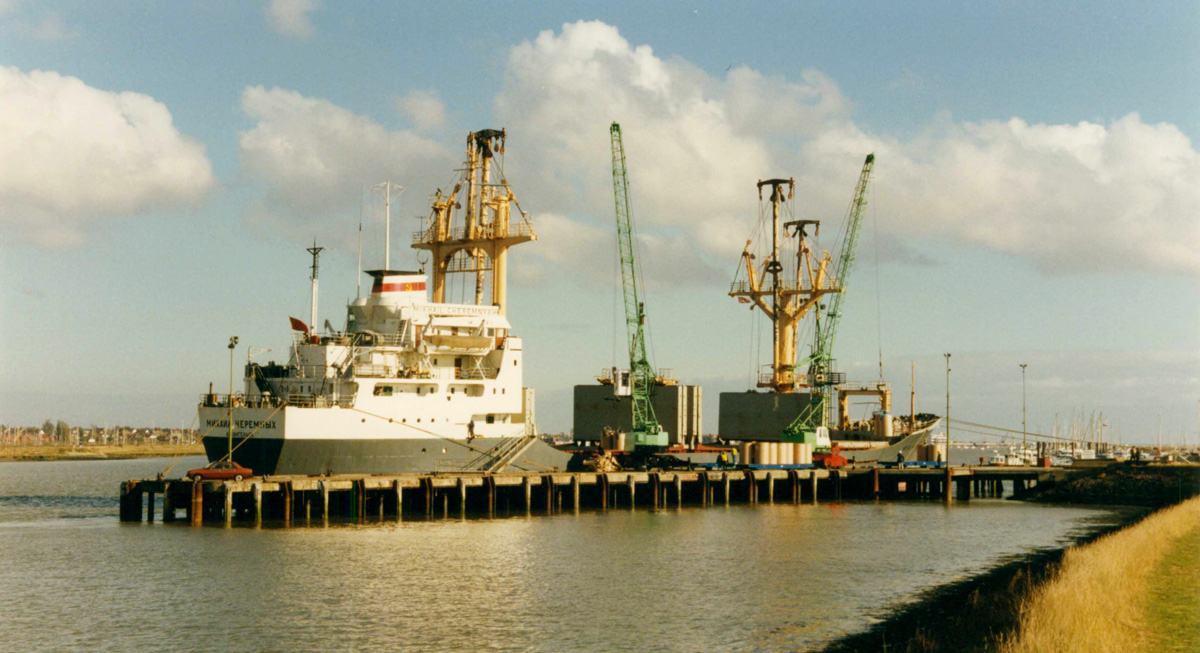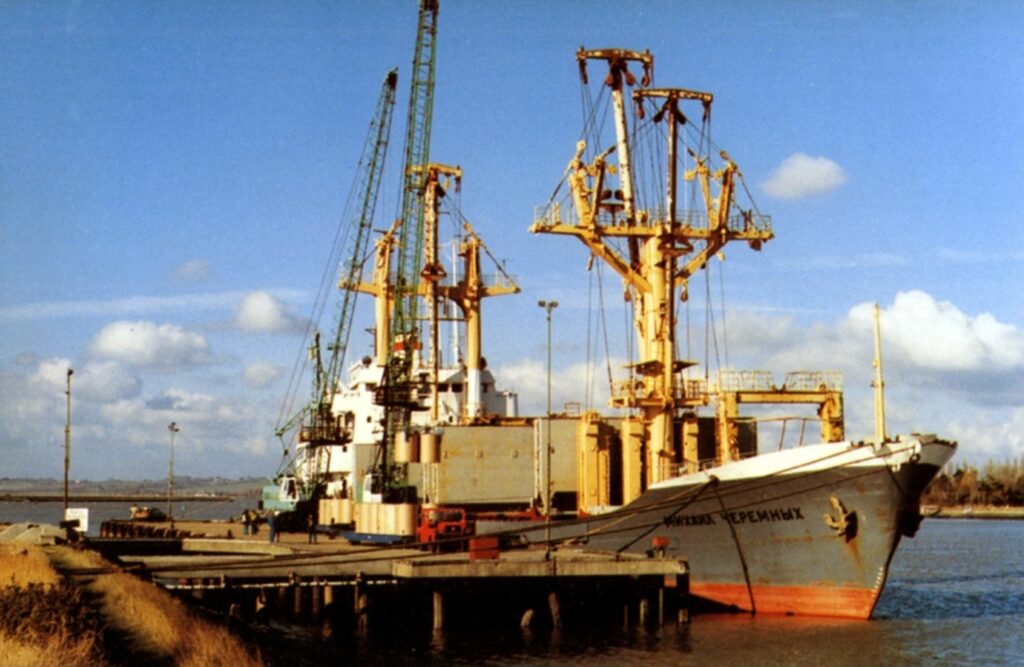
Baltic Terminal, also known as the Port of Creeksea, is situated on the River Crouch, Essex. Now owned by Baltic Distribution Ltd (BDL), a subsidiary of the Berg Group, the terminal is a hub for offloading and distributing timber and steel cargo.
There has been a wharf on site for almost a century, with the Western jetty constructed circa 1930 and the Eastern jetty constructed in 1974.
In one of the first projects following Beckett Rankine’s incorporation, we were responsible for the refurbishment that would strengthen and prolong the life of the original structure. Over 30 years later, we returned for another round of investigations towards a new refurbishment.
Beckett Rankine was commissioned by then-owner Ship-Link Terminals to refurbish the wharf, which had fallen into a poor state of repair and corrosion that severely weakened the structure.
We assessed the structure and supervised the construction of our design, carried out by Tilbury Construction. The work entailed demolishing a part of the jetty and rebuilding with tubular steel piles and a concrete deck.

In one area, a steelwork grillage supported on new tubular steel piles was installed under the deck, as well as new fendering to reduce the effects of any accidental vessel impacts. Crane pads were added above the strengthened cross beams to allow more direct transfer of crane loads.
To minimise disruption to the client, a section of the jetty remained operational throughout construction, which was completed in 1989.
Following a navigation assessment, Beckett Rankine designed and supervised a dredging programme in the same year, as well as defining a navigation channel, ensuring vessels can safely access the terminal.
As part of a wider evaluation of the port terminal, Independent Port Consultants commissioned us on behalf of Baltic Distribution Ltd to assess the jetty’s current condition.
We returned for a site investigation and review of the data, comparing to our historic records. The investigation included testing the condition and structural integrity of the concrete, as well as assessing the condition of the steelwork and fenders.
We conducted a structural analysis and produced detailed designs for refurbishment, which included recommendations and advice regarding adding a cathodic protection system and a new fendering system.